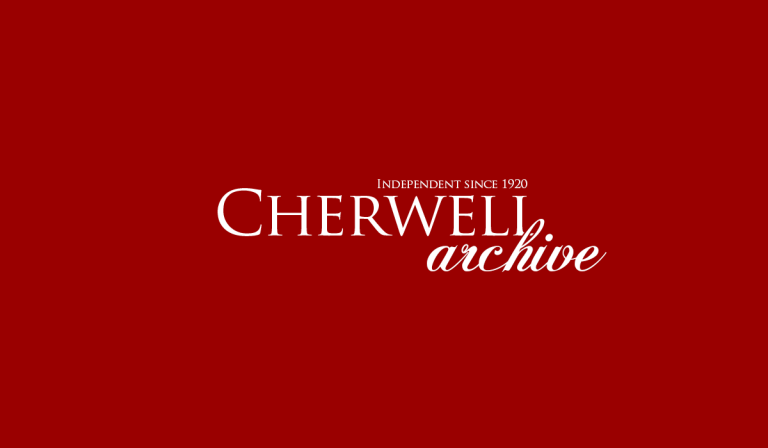There are all of these sports that I never knew existed before I came to the UK. Apparently there’s a version of hockey that people play underwater, while holding their breath. Personally, I am a fan of oxygen, so I decided to give “Octopush” a pass. But when I heard about the sport “netball,” I was excited to try it out.
It
has a similar setup as basketball, which I had enjoyed when I was a kid. So I
signed up to play in a casual weekend match with my college team. And I was
hoping that, maybe, I would be good at it too, what with all my prior “hooping”
experience.
As
it turns out, my talent at netball is comparable to Sean Spicer’s at dancing.
I found myself struggling to keep up with the ultra-fast pace of the game, and
apologizing to my teammates for the various blunders that I made. And when
crunch time came, I subbed myself out. The rest of my team wanted to win, and I
didn’t want to stand in the way.
Elite sport (that is, high-performance
youth sport, or sport played at the inter-university or professional level) is
often criticized – for being too dangerous,
too time-consuming,
too costly, and causing too much stress.
I
would like raise a new critique, one that I aim not at elite sport, but at
“casual sport” – like the netball game I played in, which was commitment-free
and open to anyone. My thesis is this:
Casual sport is, very often, played more competitively than would be
prudentially optimal for participants (or would-be participants). This is a
natural consequence of the way that sports are set up. In order to better
promote everyone’s interests, we should make deliberate changes to the way that
we play.
In many sports, a highly competitive,
physically strenuous style of play emerges by default – even when no stakes are
attached to the outcome of a match, and even when it is billed as ‘friendly’
and ‘open to all.’ Part of
the reason for this is self-selection; those who sign up to play an intramural
sport at university, for instance, are often people who played that sport on the
‘first team’ at school.
So not only are they highly skilled and physically fit, but they come with a competitive mindset – ingrained from years of coached, “all-out” play. And part of the reason is how games are structured – with two teams pitted against each other, and someone keeping score.
I
think that the high intensity of casual sport can be a problem, for two
reasons. First, for many of us, a more relaxed style of play is prudentially
optimal; we’ll have more fun (and will be less likely to get injured,
too). Second, the less competitive a
sport is, the more inclusive it is; those with less athleticism or experience
can comfortably play – and not feel like their presence is a burden to the
team.
If
high-intensity is sport’s default setting, we need to take deliberate measures
if we want to dial it down.
One
proposal could be to have clubs where people would play a rotation of different
sports, rather than choosing a specific one; this would overcome the
self-selection problem, ensuring that a significant fraction of players would
be inexperienced at each sport that was played.
So you wouldn’t need to be able to keep up with varsity-level athletes,
in order to take part in a casual game.
Another
solution would be to remove the competitive element from games entirely. Next time you decide to play basketball with
your friends, you could try just casually “shooting around.”
But
suppose that you want to play a specific sport, and don’t want to remove the
element of competition. Is high-intensity play an inevitability? I don’t think it needs to be.
I
suggest that we look to queer and social justice-oriented spaces – and their
norms around inclusion and access – for the solution. In these spaces, there is
a strong ethos of making them as accessible and welcoming as reasonably
possible.
This
event description of an upcoming queer club night – which
specifies that the venue is wheelchair accessible, no strobe lights will be
used, earplugs will be available, and to get in touch with further
accessibility requests – is illustrative of the sort of deliberate efforts that
are made, in these spaces, to make sure that everyone is included.
(More
precisely, deliberate efforts are made to ensure that no one is unjustly
excluded; those who violate zero-tolerance policies against discrimination
and harassment are justly excluded, and some events are intended for
only queer people, or another identity group, and their guests.)
And
while this ethos is prevalent in almost every type of event in queer and social
justice spaces – from parties, to film screenings, to academic talks – there is
one activity it hasn’t fully permeated: sports.
Queer
sports clubs do exist – and serve as very needed safe spaces from the
homophobia, transphobia, and toxic masculinity that too often afflict other
sports clubs. But competitive play is
still the norm – leaving out the less physically fit or able (and the
able-bodied but bumbling athlete like me).
Perhaps
this is by design. Under some conceptions of sport, it is not supposed
to accommodate everyone. To the contrary, philosopher Michael Sandel has argued that sport is supposed to test and reward those with the
greatest ‘natural gifts.’
Maybe
this is a defensible view of elite sport (though I have argued elsewhere
against it). But for intramural netball,
or post-work pickup basketball, or Philosophy Faculty football, I think that
our guiding considerations should be: (1) Is this event as accessible as
possible to those who are interested?, and (2) Are participants benefiting as
much as possible from the experience?
In
some cases, these considerations will still favour a highly competitive style
of play. For example, a group of friends
might decide to play pick-up, and they all might have the preference for it to
be intense.
But
very often, I think that these considerations will weigh in the direction of
making sport less competitive.
What
would “less-competitive sport” look like in practice? The best model that I have come across is Queer Kickabout East, a London-based football group. In their description on Facebook, they actively
discourage competitive play: “If
you’re great at football, give others space to play too. Step back and try not
to dominate.”; “We
don’t take ourselves too seriously”; Minimal running”; Run as much as you feel”; “No apologising! No need to say sorry for missing a
ball etc.”
I
haven’t made it out yet to one of their weekly games at Victoria Park. And now that the weather is getting cold, I
think I am unlikely to summon up the motivation to anytime soon. But next spring, I will be there. I may not
be a netball star, but I hope to be a happy kickabout-er.








